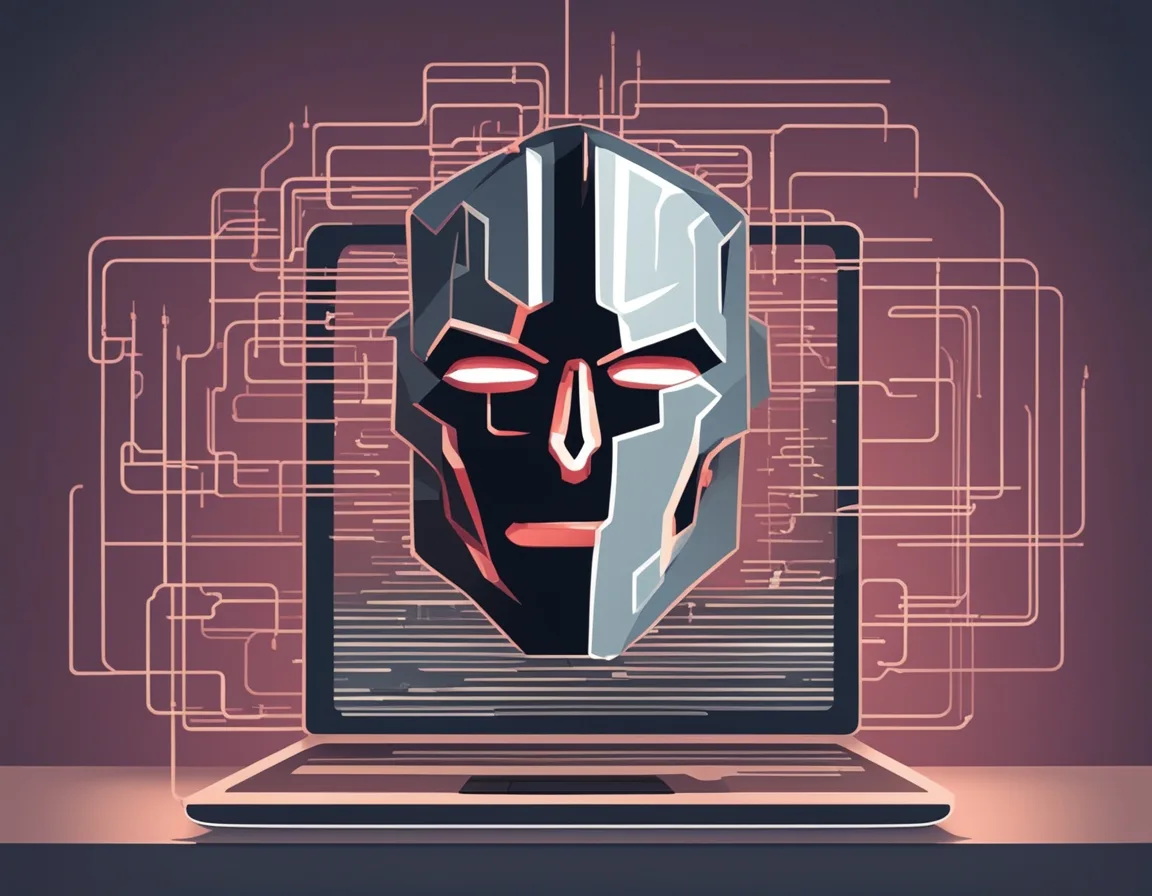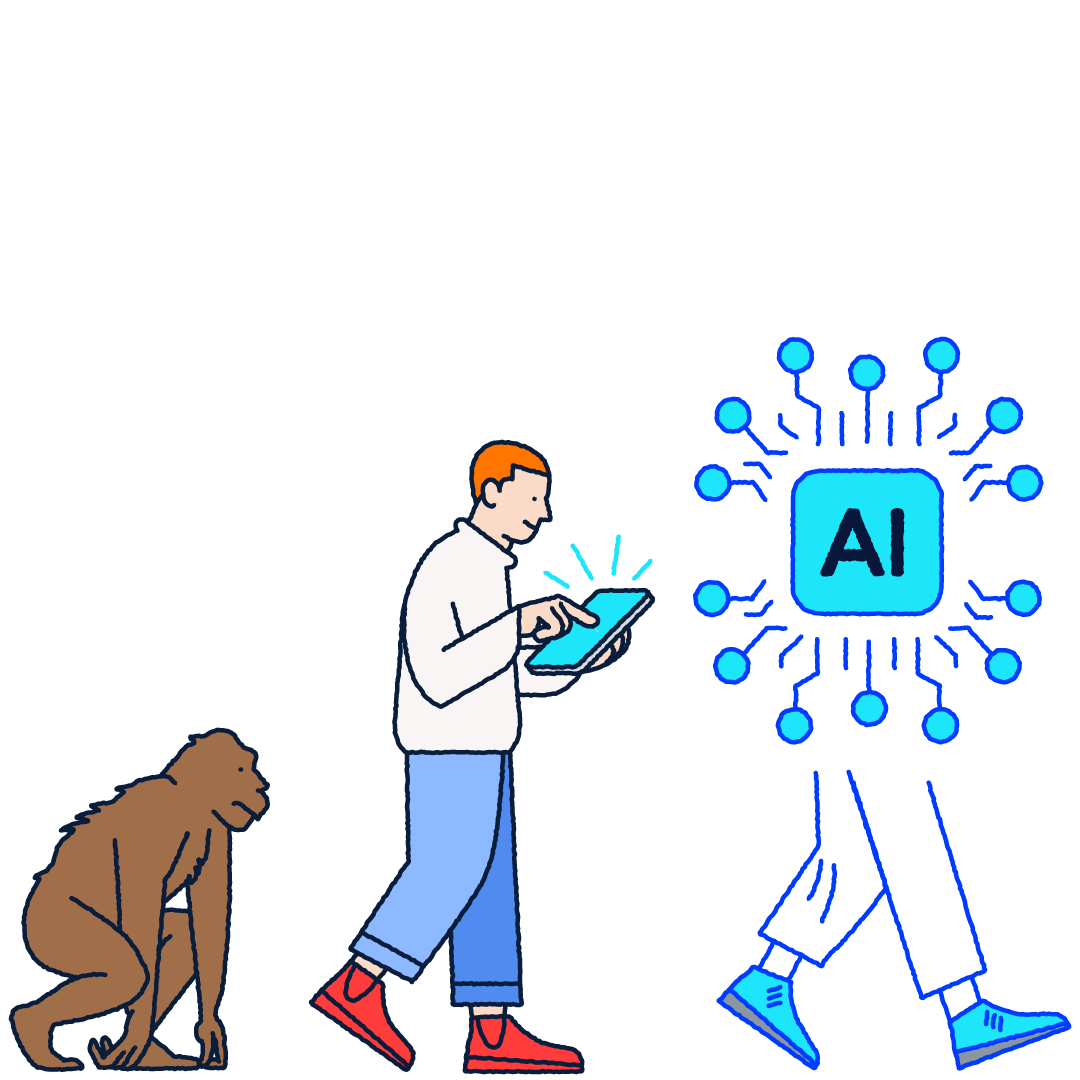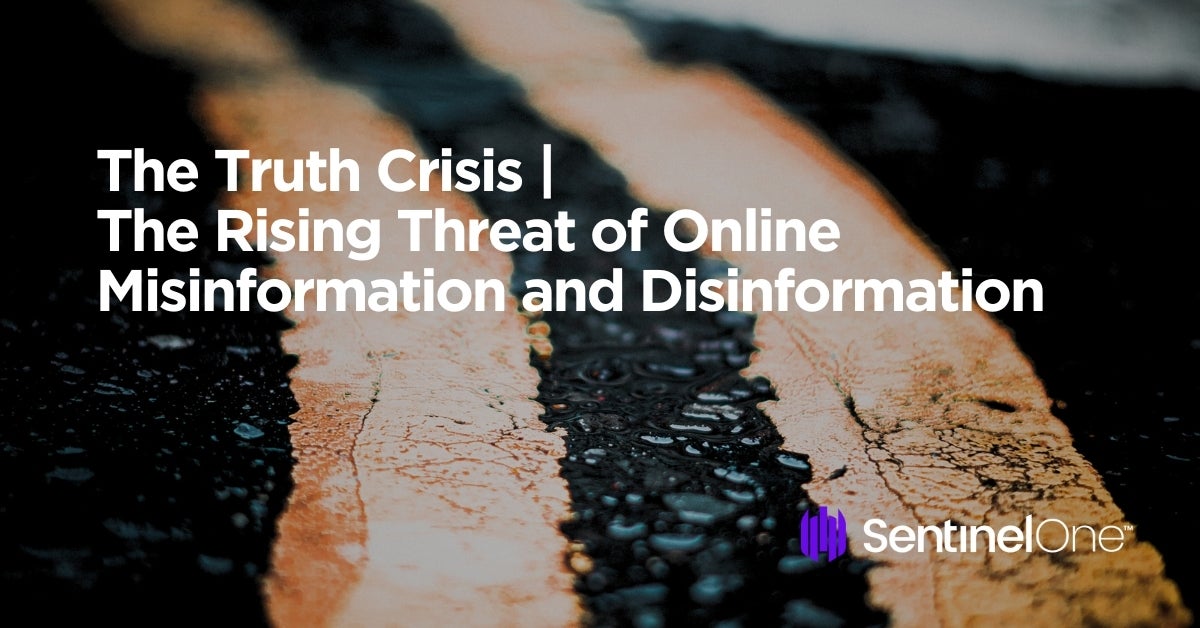Physical Address
304 North Cardinal St.
Dorchester Center, MA 02124

With the incorporation of Artificial Intelligence, AI-enhanced ransomware is becoming a more sophisticated and formidable challenge in the cybersecurity landscape.
Ransomware, a malicious software that encrypts data and demands payment for its release, poses an evolving threat to cybersecurity. With the incorporation of Artificial Intelligence, cybercriminals can now tailor attacks, improve encryption methods, and evade detection with greater sophistication. AI-driven ransomware is set to become a formidable challenge, as it can learn from defensive measures and adapt quickly.
Businesses and individuals must stay vigilant and update security protocols frequently to combat the dynamic nature of these AI-powered threats. Understanding and preparing for the enhanced capabilities of ransomware supercharged by AI is crucial in safeguarding sensitive data and maintaining robust cyber defenses.
Ransomware is a real threat online. It locks files until you pay money. It has grown a lot over time. Let’s see how ransomware has changed.
Ransomware started simple. It used to lock screens or files. Now, it’s a big danger. Hackers use smarter tricks to get money. It’s not just computers anymore. Phones and smart devices are targets too.
Ransomware now often steals data. It threatens to share it if you don’t pay. This adds to the risk and can harm people and businesses.
Ransomware attacks happen in steps. Here’s the usual process:
This process can happen fast. It can catch people off guard. Being ready is key to fight ransomware.
| Year | Event |
|---|---|
| Early 2000s | First ransomware detected |
| 2010s | Ransomware becomes a global issue |
| Now | AI-driven ransomware emerges |
Protecting your devices is more important than ever. Use good security software. Back up your files. Stay aware of ransomware’s dangers.
Artificial Intelligence (AI) is transforming not just industries and research, but also the darker side of tech: cybercrime. Particularly, it has given a significant boost to the already concerning threat of ransomware. AI-driven tools can now automate and optimize the execution of ransomware attacks, making them more effective and harder to prevent or trace. Understanding AI’s expanding role provides crucial insights into why ransomware attacks are becoming more sophisticated and what might lie ahead.
AI excels at automating tasks, including malicious ones. Consider AI as a diligent worker that never sleeps, constantly scanning for vulnerabilities and executing cyberattacks:
AI enhances ransomware attacks by identifying high-value targets and tailoring attacks:
The rise of AI-driven ransomware presents new challenges. Companies and people alike face serious threats. With AI, attacks become more sophisticated. Outcomes could be devastating. Let’s explore these worries.
Money and information are in jeopardy with AI-empowered ransomware. Attackers can pinpoint vulnerabilities quickly. They use AI to lock or steal data. This forces victims to pay ransoms.
Trust is hard to earn but easy to lose. Ransomware hurts brands. People and partners lose confidence. Word spreads fast.
| Impact Area | Consequence |
|---|---|
| Customer Trust | Drop in loyalty; potential customer loss |
| Partner Relations | Strained ties; deal cancellations |
| Market Position | Competitors gain ground; market share shrinks |
Overall, rampant AI-led ransomware can spell disaster. Both companies and individuals must prep for these threats. Only then can such severe impacts be mitigated. Stay vigilant and informed.

Credit: www.f-secure.com
As Artificial Intelligence reshapes the cyber threat landscape, attackers use it to craft sophisticated ransomware. These AI-powered attacks adapt and learn, evading traditional defenses and targeting vulnerabilities with unprecedented precision. It’s crucial for businesses to stay ahead with robust defense strategies.
Proactive Measures and Training
Being proactive is key in thwarting AI-enhanced threats. A layered defense strategy that includes continuous monitoring and assessment is essential. Organizations must focus on identifying weak spots before attackers do.
Employee training boosts an organization’s human firewall. Staff must learn to spot and respond to threats quickly.
Advanced Security Technologies
To counter AI-based attacks, organizations must employ advanced security technologies tailored to predict and mitigate these powerful threats. Utilizing AI in defense mechanisms is a must.
| Technology | Function |
|---|---|
| AI and Machine Learning | Detect anomalies and predict attack patterns. |
| Behavior Analysis | Monitor for unusual user or system behavior. |
| Endpoint Protection | Secure entry points from malicious actors. |
| Zero Trust Models | Verify all users, whether inside or outside the network. |
It’s also critical to integrate threat intelligence platforms. These provide real-time data on emerging threats. With these tools, you can anticipate attacks and respond faster.
The landscape of cybersecurity is swiftly evolving with the advent of artificial intelligence. AI’s potential in enhancing ransomware poses a real challenge for current security measures.
Laws and ethical guidelines struggle to keep pace with technology’s advance. Policy makers and security experts must collaborate to shape regulations that protect against AI-augmented threats while respecting privacy and innovation.
Strengthening infrastructure against future threats is crucial. Organizations should focus on building robust cyber resilience strategies.
| Strategy | Benefits |
|---|---|
| Regular Updating | Limits vulnerabilities |
| Employee Training | Boosts threat awareness |
| Data Backups | Ensures business continuity |
| Incident Response Plans | Prepares for quick action |

Credit: www.sentinelone.com

Credit: www.abc27.com
AI enhances cyber security through real-time threat detection, pattern recognition, and automated response to potential breaches. It also assists in predictive analysis, identifying vulnerabilities before they can be exploited.
Incorporating AI into hardware or software enhances cybersecurity through predictive analytics, real-time threat detection, and automated response protocols, effectively preventing cyberattacks. AI algorithms can learn from patterns, identify anomalies, and adapt to evolving cyber threats, thereby strengthening defense mechanisms.
AI in security can lead to privacy breaches, exhibit biases in decision-making, and become targets for manipulation. It may also eliminate jobs in cybersecurity by automating tasks traditionally performed by humans. Lastly, AI systems require significant resources for development and maintenance.
Threat actors are so named because they play the role of adversaries, actively posing risks to cybersecurity. These individuals or groups perpetrate attacks against networks, systems, or data, hence the term ‘actor’ signifies their active engagement in malicious activities.
As AI’s role in cybercrime evolves, the risk of ransomware grows exponentially. It’s imperative for businesses and individuals to bolster cyber defenses and stay informed. Embracing proactive security measures can mitigate the threat posed by increasingly sophisticated ransomware attacks. The future may bring challenges, but preparedness will make all the difference.
Stay vigilant.